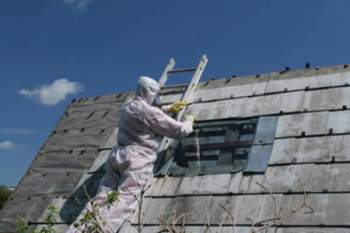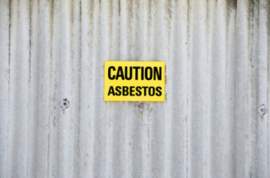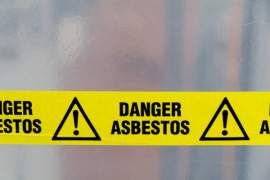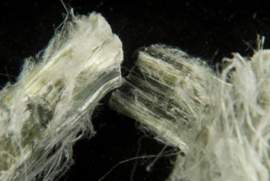
South Dakota Asbestos Abatement Procedure

Must Read
The South Dakota Department of Environment and Natural Resources has a waste management program that deals with asbestos abatement procedure. The primary focus is to manage the extent of asbestos materials used in construction across the state. This applies largely to public and commercial Notification requirements You must complete the South Dakota Asbestos Demolition/Renovation Notification Form in order to be authorized under South Dakota asbestos abatement procedure. The form is three pages but information will only be entered on one of these pages. The form is much shorter than the requirements for other states and asks for a broad classification of the asbestos materials present. Other states would have you account for the type and specific amount of each asbestos present and what should be removed from the structure during the work. You will provide contact information for the facility owner, asbestos contractor, transporter and the asbestos disposal site. Friable vs non-friable asbestos Friable asbestos is dangerous and must be removed from all structures. Friable asbestos breaks into smaller microfibers with minimal contact and is extremely easy to become airborne. Once airborne, the fibers will be inhaled and long term exposure will cause respiratory illness and eventual cancers of the lungs. Non-friable asbestos generally contains the friable asbestos either in an indurate mixture or sealed within lawyers of materials that will not release fibers. This is typically found in old siding and roofing tiles. These materials generally remain in a renovation unless they directly interfere with the project. In demolitions, they are removed. Some non-friable material may be disposed of as construction waste, but materials that crumble, such as concrete, will be treated the same as friable asbestos material. Materials that must be removed from homes Popcorn ceilings, which are a combination of plaster and asbestos was used to cover ceilings with a fireproof and insulating coating. This wears down over time and will leech dangerous particles. This is also true for plaster, joint compound, sheetrock and insulation. All materials containing at least 1% asbestos by weight will be considered an asbestos containing material. Some materials may be as high as 50% and a professional with the appropriate equipment should be the only professional to perform South Dakota asbestos abatement procedure. Proper disposal of asbestos containing materials The state will certify landfills and disposal sites for asbestos containing materials. You must receive approval to transport the material and provide advance notice so the proper arrangements can be made. Typically, you will need to double bag small amounts of materials and seal larger debris while waterlogged in larger, labeled containers. If a contractor is not handling the waste disposal on your behalf, you must contact the landfill or state authorities to facilitate the transfer of the asbestos containing materials.



















